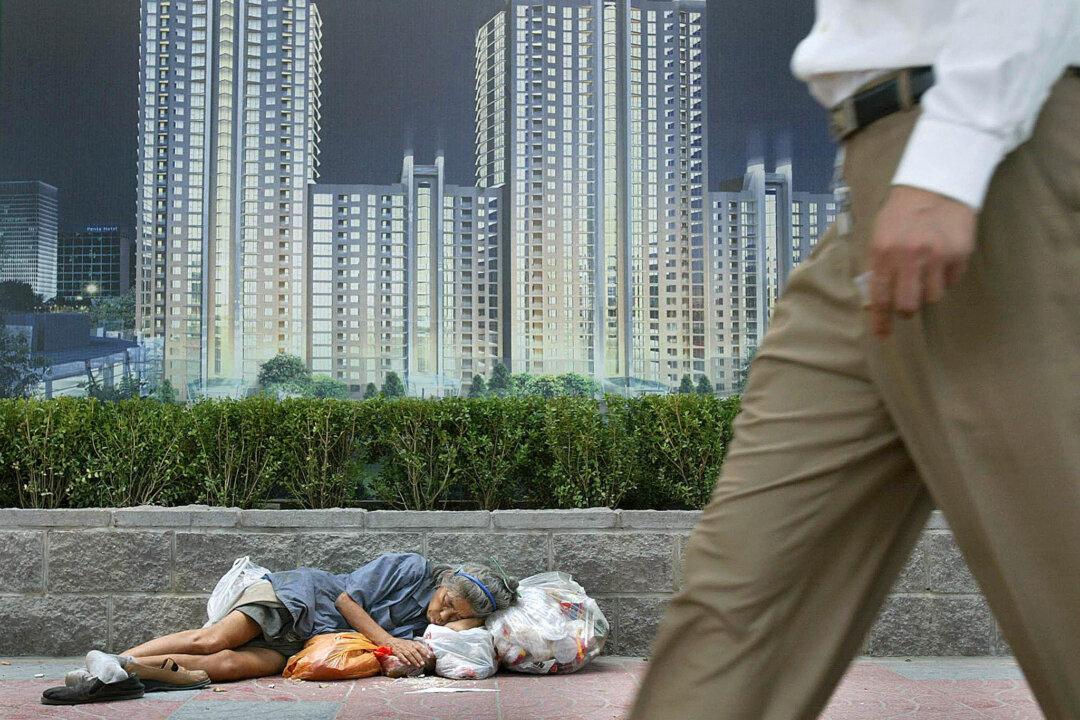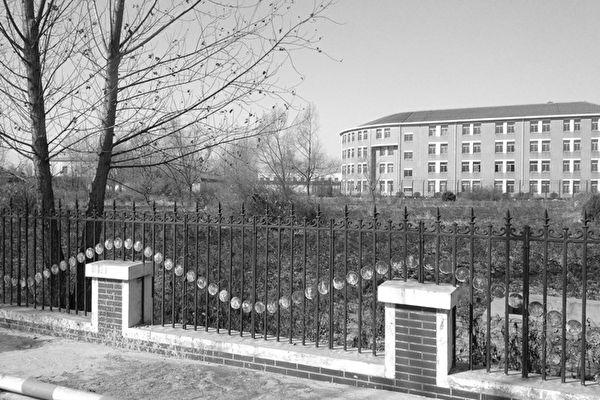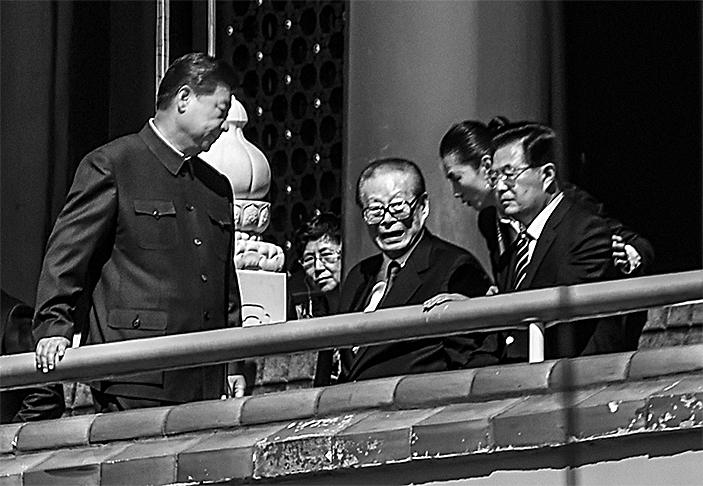During the recent Central Economic Work Conference—an annual meeting to set economic policies, especially for China’s finance and banking sectors—in Beijing, Chinese leader Xi Jinping emphasized the concept of “demand-side management, break through bottlenecks.”
Demand-side policies usually refer to increasing consumption and establishing a stronger domestic market. The so-called “bottlenecks” are the massive burdens that currently affect people’s livelihoods, which are housing, education, and medical costs. They’re like three mountains weighing on the people; without resolving those issues, demand-side reforms are only good on paper.





